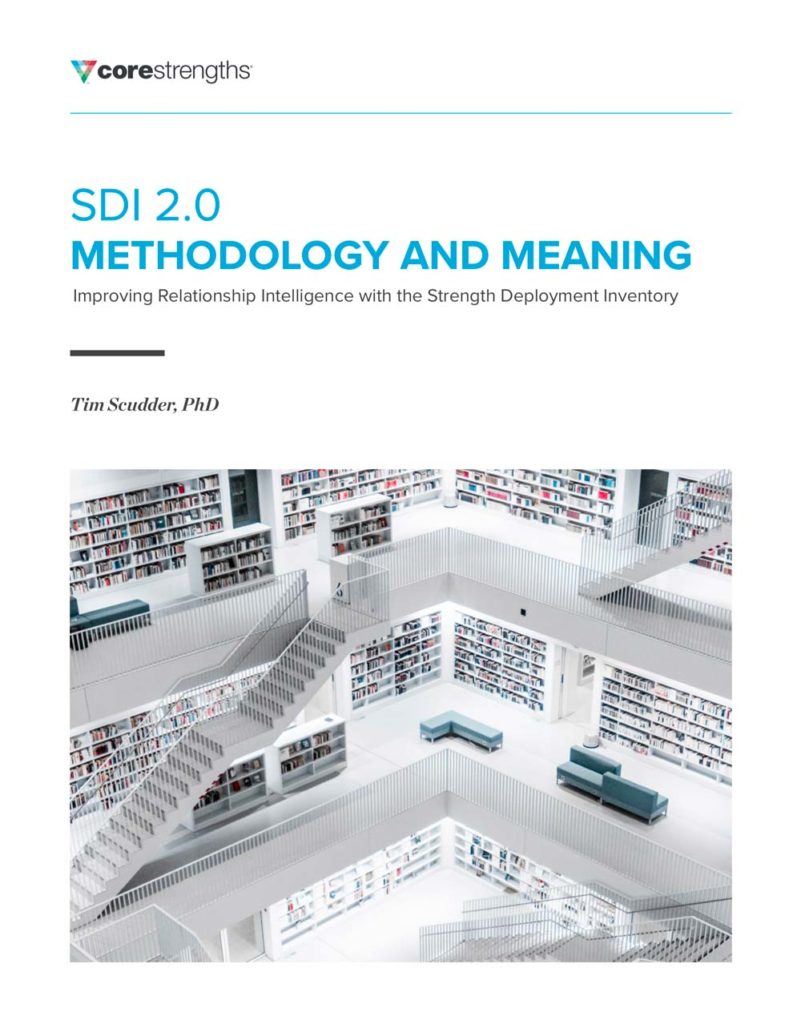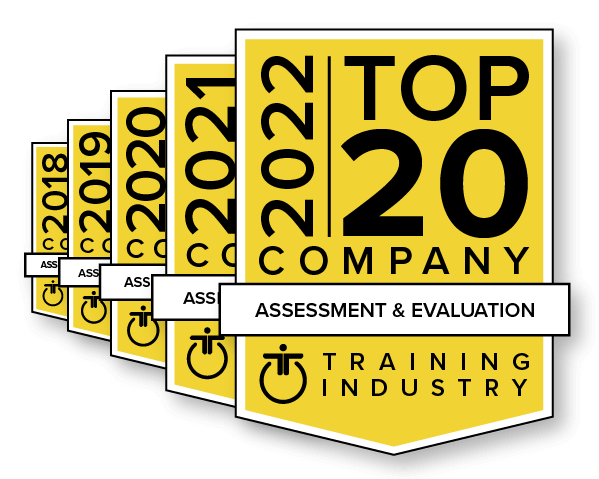Here’s a recent question from a Certified Core Strengths facilitator that I’d like to answer. Variants of this question come up quite frequently, and every facilitator should be ready with various levels of response.
The Question
Today, I had a learner with ‘Quick-to-Act’ and ‘Cautious’ as two of their top three strengths. They felt like these strengths were contradictory and did not belong together. My response was, “How is it showing up for you?”
The Reflective Response
A reflective question that guides the learner to examine their own experience is almost always a good start. We could go a bit further by asking more targeted facilitative questions about each of the two strengths that the learner sees as opposite – allowing enough time for some plausible explanations to emerge.
What does being ‘Quick-to-Act’ mean to you? What typically makes you want to be quick-to-act? What does being ‘Cautious’ mean to you? What typically makes you want to be cautious? Learners are often able to answer questions in novel or surprising ways. But not always. In this case, the learner didn’t immediately have a satisfactory answer.
A Tempting (but not useful) Response
“Sometimes you are quick-to-act, and other times you are cautious, depending on the situation.”
There are several problems with this response. First, this comes off as a statement of fact by the facilitator about the learner, which goes against the principle of self-discovery. Another notable concern is when a facilitator does not know the learner. In that case, the facilitator would not have any evidence or experience to support that statement. If the facilitator does have an ongoing relationship with the learner, they could offer the insight as personal feedback instead of a statement of fact. The third problem is that a response like this tends to close the proverbial door on all the other possible explanations.
A Generalized Example as a Response
Rather than directly answer the question, an example can get people thinking. Sometimes one may come to mind, but sometimes the facilitator may not have an example. Here is a couple of ways ‘Quick-to-Act’ and ‘Cautious’ could be used together, as top strengths, in specific work settings.
- Firefighter: When the alarm goes off in the station, the firefighters quickly get into their vehicles with all their safety gear. They drive rapidly to the scene without creating additional risk for people between them and their destination. When they get there, they quickly address the situation and apply the correct retardant based on the type of fire (don’t put water on an oil fire). Even though they act quickly, they operate with constant caution and a concern for protecting themselves, others, and the structure or environment.
- Hedge Fund Manager: These professional investors operate in a fast-paced, high-risk environment. When they get new information that could affect the financial markets, they move quickly to take advantage of the data but set limits on investments or deploy hedging strategies to reduce their overall risk.
In either of these two jobs being only cautious or exclusively quick to act could be a recipe for physical or financial disaster. In these roles, the strengths are complementary, and we would be concerned if one were missing.
FDIC: A More Robust Line of Questioning
We can consider four variables that influence when, where, and how strengths are deployed: Frequency, Duration, Intensity, and Context.
- Frequency: How often are you quick-to-act (or cautious)? Is this something you almost always do?
- Duration: When you are cautious (or quick-to-act), how long does that typically go on? Do you stay cautious for a long time? Do you sometimes have long periods of near hyperactivity?
- Intensity: When you are quick-to-act (or cautious), how committed are you to it? What emotions do you experience when you deploy that strength? Do you sometimes run the risk of overdoing the strength?
- Context: What situations influence you to be cautious (or quick-to-act)? What specific people seem to bring one or both of these strengths out from you? How do you decide when and where to be cautious and/or quick-to-act?
After exploring each of these variables, we may find that the “opposite” strengths have some distinguishing characteristics. Here is an example response from a learner: “I am always cautious. It’s like a risk-management program running in the background of my thoughts. And whenever the situation is right, I act quickly and decisively.” In other words, ‘Frequency’ and ‘Duration’ apply most to ‘Cautious,’ while ‘Context’ and ‘Intensity’ apply most to ‘Quick-to-Act. In this example, ‘Quick-to-Act’ would likely be most obvious to others, while the ‘Cautious’ strength is less noticeable by others.
Linking Strengths to Reasons (Motives)
Some of the most powerful explanations for the use of apparent opposite strengths have to do with the interplay of human motives with the situation. Keep in mind that the Motivational Value System describes personality – something that is fairly constant over time and across situations – while the Strengths Portrait reflects behavior at work.
Allow me a moment for some theoretical foundation. Elias Porter, the original author of the SDI, was influenced by Kurt Lewen (among others). Lewen’s famous equation is B=f(P,E). Behavior is a function of the person and their environment. So when we look at strengths (behavior) on the Strengths Portrait, we also need to understand two more things. First, the person’s motives. Second, the environment.
This is where the anchor and buoy metaphor is useful to us. The anchor is personality, which is consistent over time. The water is the environment with varying conditions of tide, waves, current, etc. The buoy’s motion is the behavior that results from being connected to the anchor in a given environment.
‘Quick-to-Act’ (a Red strength) can be used for various reasons, which are available to the learner in their Strengths and Reasons page of their reports or the Core Strengths platform. The reasons are customized based on each learner’s MVS, with seven pairs of example reasons showing how Quick-to-Act connects to each of the SDI 2.0’s seven Motivational Value Systems. Same for ‘Cautious’ (a Green strength). Seven pairs of examples connect Cautious to different underlying motives. Reading the example reasons for the “opposite” strengths may help the learner see a connection that they did not see before.
Listening for Common Patterns
Here are some of the most common explanations for why apparently opposite strengths are at the top of an individual learner’s Strengths Portrait. They are written from the learner’s perspective:
- Me and My Role: “One strength is really about me, and the other is about my role. One strength is essentially like one of my personal values, and it is just part of who I am – while the other is so strongly expected in my role that I had to rate it highly. Sometimes I feel anxious about this because the role requires me to act differently than I would personally prefer to.”
- Yin and Yang: “While these strengths seem sort of opposite, they are really like Yin and Yang; they perfectly complement each other. They balance each other, so neither of them dominate or get out of control.” (Note that in this situation, you may also find that the learner does not have the overdone forms of either strength in the top of their Overdone Strengths Portrait).
- Situation: “These strengths don’t usually show up at the same time for me, but I can tell you they are both important. It’s really about who I am with or what I am doing. I don’t feel a need to use both of these all the time. When I am using one, the other would sort of get in the way.”
Conclusion and Practice
There are many possible explanations for the presentation of conceptually “opposite” strengths at the top of a Strengths Portrait. Approaching the situation with openness, curiosity, and facilitative skills will create a better self-discovery experience than trying to answer the learners’ questions concretely. It takes some practice. So why not give it a try? Here are a few more pairs of conceptually “opposite” strengths. Choose a pair from the list, or look at your Strengths Portrait and choose a different pair. Then read through this article again with a new pair of strengths. What sort of examples could you give? What sort of explanations might you hear from a person who has that pair near the top of their Strengths Portrait?
Practice with these (or other) apparently “opposite” strengths.
- Persevering and Open to Change
- Self-Confident and Modest
- Tolerant and Persuasive
- Methodical and Flexible
- Trusting and Cautious
As you practice, don’t ask IF the strengths could be used together. Ask HOW they could be used together.









